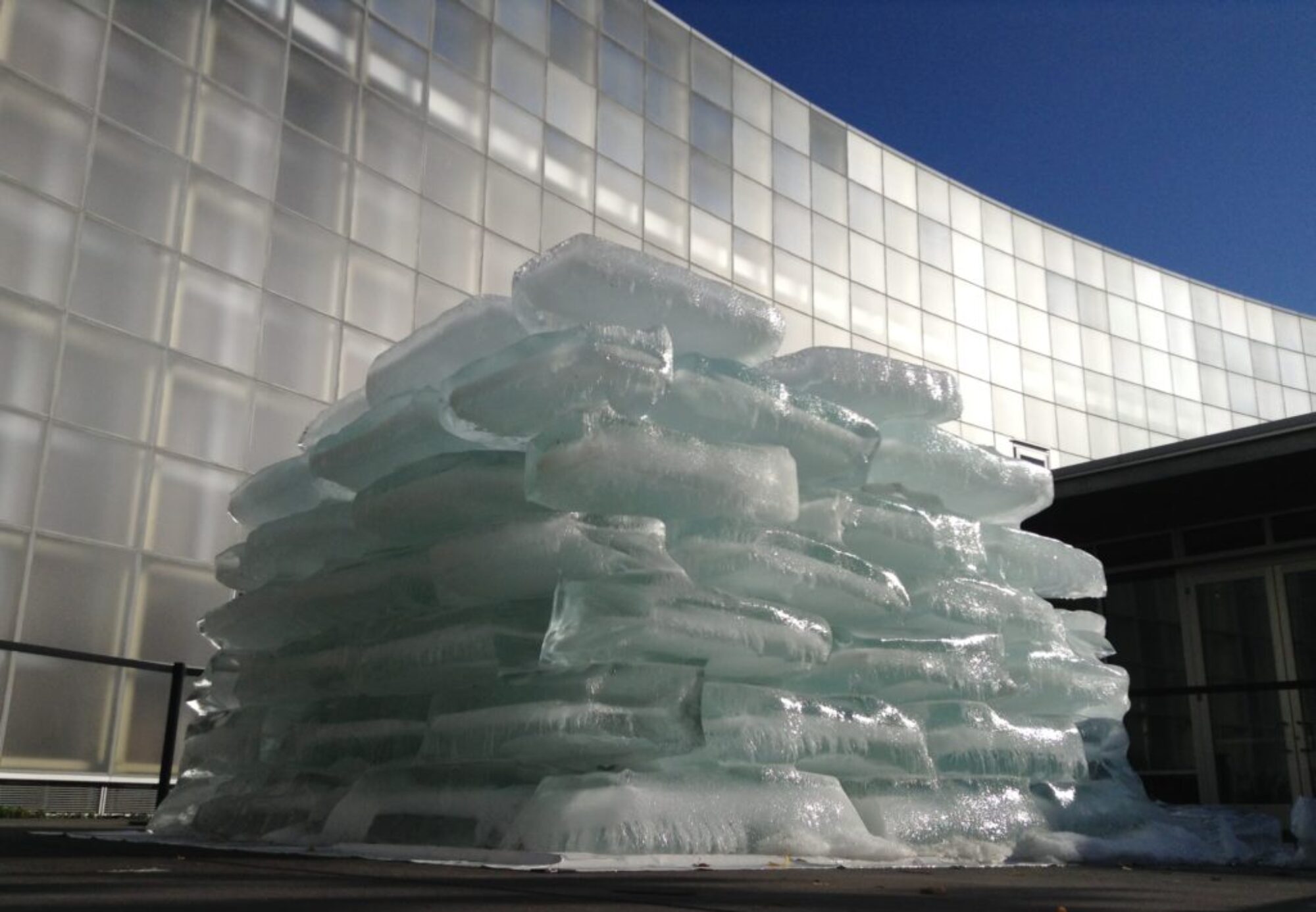In 1984, Jyoti began sculpting palm fronds and pods that he collected from his friend’s Coachella Valley date tree farm. He transformed these soft and sinuous materials into delicate, interlocking compositions balanced in space.

The artist soon began carving large pieces of raw wood brought to him by friends and arborists. Highlighting the wood’s ring patterns and color while contrasting rough exterior and smoothly sanded interior surfaces, Jyoti re-contextualized a new appreciation for the beauty of the tree. The fine craftsmanship and biomorphic shapes of Isamu Noguchi inspired Jyoti’s work during this time. In 1990 he exhibited a selection of sculptures at the Pacific Asia Museum in Pasadena.


Formative influences on Jyoti’s work during this period include the other-worldly, high-desert landscape of Joshua Tree National Park, where he often camped. In 1988, he staged a site-specific installation of sculptures (titled “33” after the number of carved redwood and basswood sculptures on view). Jyoti was also inspired by southwest Native American culture that reminded him of Tibetan art and rituals as well as the art scene in Los Angeles during the 1980s.

In the early 1990s, Jyoti lived in New York City and worked for a brief time at the New Museum. He continued making videos, including the documentary “Fragile Ecologies: Artists’ Interpretations and Solutions” (1992) that circulated with the Smithsonian Institution Traveling Exhibition Service. While living in a small apartment, he filled intimate sketchbooks with delicate pen-and-ink drawings. During this period, the artist’s mark-making became more calligraphic and whimsical.



Jyoti returned to Kathmandu regularly to visit his family, exhibit at the Siddhartha Art Gallery, and create public artworks that addressed ecological and social issues. His “Myth of the Nagas and the Kathmandu Valley Watershed, “ sponsored by the Asian Development Bank in 1993, was the first contemporary art installation in Nepal.


